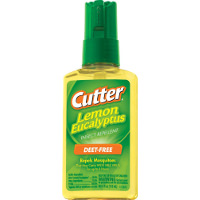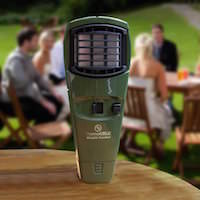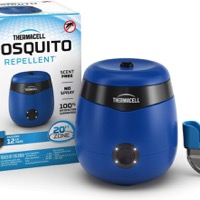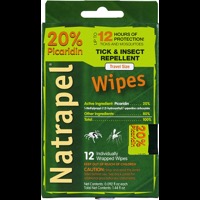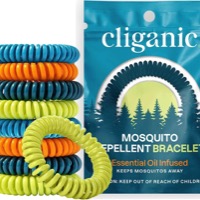Your Guide to Disease Carrying Mosquitoes While Travelling
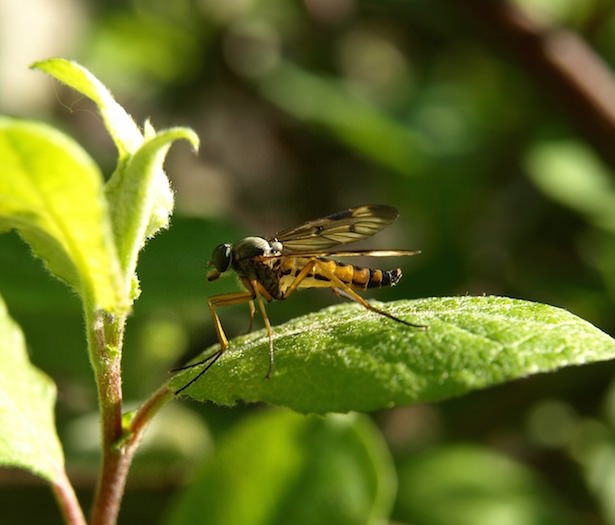
By Sigmund Daughty, Expert Reviewer for Repellent Guide
published: Feb 05, 2018 | updated: Feb 08, 2018
Whether you are travelling around the world or having a picnic in the backyard, mosquitoes can quickly become the bane of your existence. Not only do the bites sting, but mosquitoes are well known for carrying disease. This is your resource for learning about the types of mosquitoes, the diseases they carry, and the precautions you should take depending on where you live or are travelling.
Types of Mosquitoes
First of all, it is important to note that the majority of mosquito species do not spread disease, and many will not even feed on human blood. That information makes it a little less scary to find out that there are about 3,500 different species of mosquito. For classification purposes, these have been grouped into 41 genera (the plural of genus). Here, we will discuss the mosquito by genus, but note that there is still great variance from species to species. For example, while the genus Anopheles is known for the transmission of malaria, only about 30-40 of the 430 species in this genus transmit the disease. So the fact is that the percentage of mosquitos that are dangerous to humans is actually quite small. Let’s consider a few of the common perpetrators.
Anopheles
These species breed in swamps, ponds, and temporary rain pools or puddles. Anopheles are always ready to feed on human blood, and about 1 in 10 species of the genus are vectors of the disease malaria.
Coquilletidia
This genus has only one species, and it is very aggressive toward humans and other large mammals. They lay their egg in marshes and swamps but are willing to travel great distances to feed. They are suspected of being vectors for numerous diseases such as Eastern equine encephalomyelitis and West Nile virus.
Culex
Species in this genus breed in freshwater, particularly in ponds, ditches, and pools. While these insects are must active at dusk, they are known to bite throughout the day. They are the primary vector when it comes to St. Louis encephalitis, and they are also known to spread West Nile virus.
Aedes and Ochlerotatus
We’re going to group these two genera together for simplicity because the species are so similar these were once just one genus. The most common breeding place is a temporary flood area. Adults of species from both genera are aggressive and readily bite humans both outdoors and in their homes. They are active all day long, and some of the species from both genera are known to spread diseases such as dengue, chikungunya, and yellow fever. Be aware that if you are Blood type O that studies have shown that Aedes albopictus is more attracted to you than other blood groups.
Diseases Spread By Mosquitoes
Here are some of the most common conditions that mosquitoes are vectors for along with the locations that the disease is most common.
Malaria
This is one of the oldest and most common diseases in the world. About 40% of the population of Earth lives in areas where malaria is spread. 106 countries are subject to this disease, and three species of malaria-carrying mosquitoes call the United States home.
Chikungunya
This is a common disease in Africa, Asia, and the islands of the Pacific and Indian Oceans. In 2013, the disease spread to the Caribbean and has how made its way into Central and South America. Symptoms include high fever and joint pain.
Dengue
Though it is rarely fatal, dengue is a very painful condition, and the mortality rate has risen as of late. It is common in Asia, Africa, and the Americas (especially Central America). There was an outbreak in the US in Florida in 2009.
Yellow Fever
The disease only occurs in tropical areas in Africa and Central/South America. Vaccination is recommended when travelling to a country where this disease exists since about 1 in 7 individuals who contract Yellow Fever will die.
Easter Equine Encephalitis (EEE)
The response to EEE is varied. Some will experience flu-like symptoms while others may slip into a coma or even die. The word Equine is used in the disease name because horses are also subject to getting EEE from mosquitoes. There is a vaccine for horses but no current treatment for humans. This is an Eastern hemisphere disease that is most common on the Gulf and Atlantic coasts.
St. Louis Encephalitis (SLE)
This is the most common mosquito-borne virus in the US. It is most common in the Gulf States, particularly Florida. West Nile Virus – This disease is common in Africa and the Middle East. It is also spread in Europe and the Americas. It usually displays with flu-like symptoms and neurological symptoms. Symptoms last about two months due to inflammation caused in the brain.
How to Defend Yourself
Obviously, you don’t want to get any of the diseases noted above. How can you protect yourself both at home and abroad?
Vaccinations
If you are travelling to a country that is known to have diseases such as Yellow Fever, be sure to get vaccinated before travelling. The exceptions would be infants, pregnant women, and nursing mothers. In these cases, avoid travel to areas where Yellow Fever is common unless necessary. Alert your doctor if you have conditions that affect your immune system such as AIDS.
Mosquito Nets
In most countries where mosquitoes commonly spread disease, tourists will be staying in hotels or resorts that offer mosquito nets. Be sure to examine the net for holes, tuck it securely before going to bed, and make sure there are no mosquitoes inside the net with you.
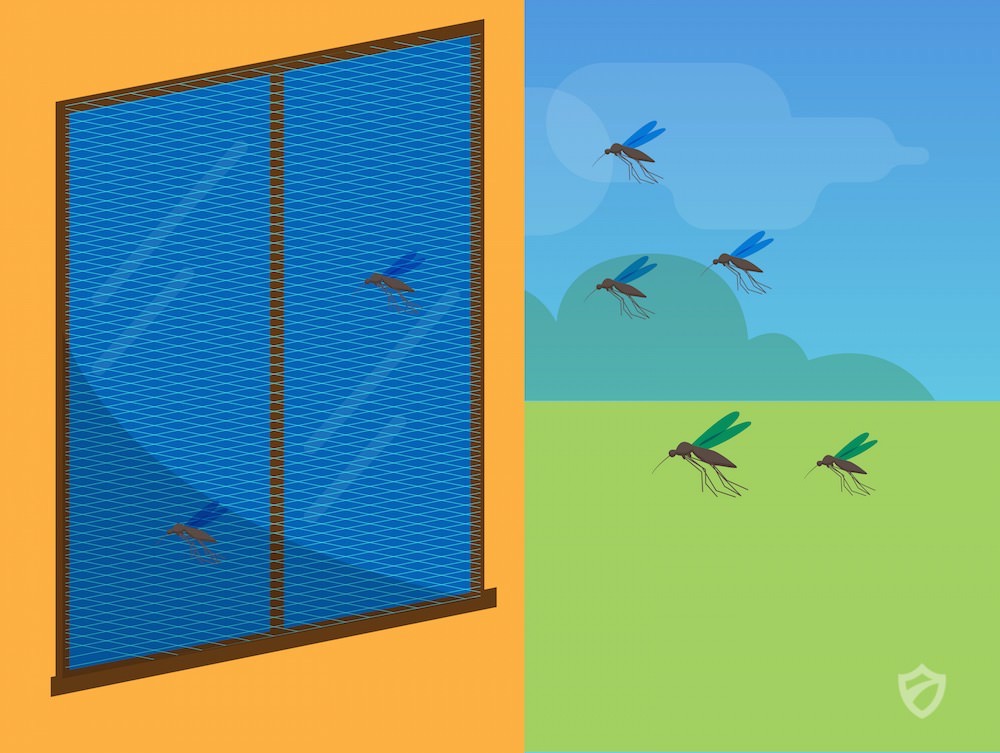
Repellents
You may be worried about the warnings on repellent labels but unless you are moving to an area where these diseases are common, it is better to use the repellent for several days, weeks, or even months as opposed to contracting a deadly disease. Be sure to follow the directions for use carefully.
Ultimately, there are a relative few species of mosquitoes that carry disease, and most of the diseases are rarely fatal. Use the proper precautions and take warnings seriously, but try to enjoy your travels without being in constant fear.

